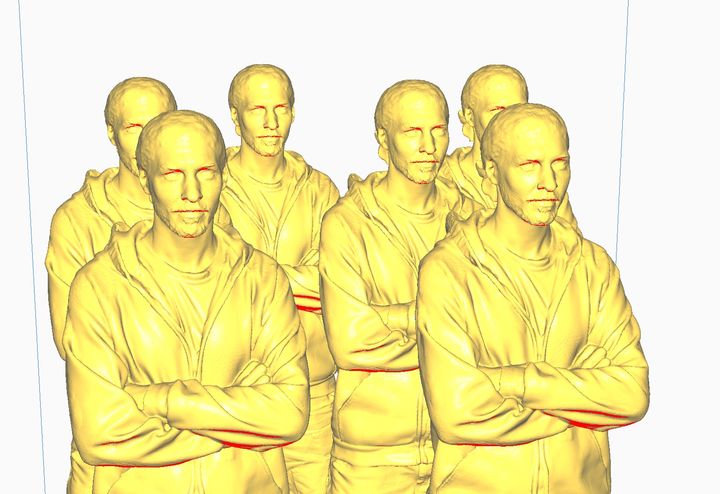
There’s a new release of Ultimaker Cura out this week, version 4.7.
Ultimaker consistently releases new version of the now quite powerful 3D printer job preparation software, and each release includes new features. This release is no exception.
Ultimaker says:
“It’s the fastest, most optimized Ultimaker Cura yet, making print preparation as seamless as ever.”
And that’s true. But it’s true for EVERY release they provide, too. However, I think they’re primarily basing this statement on is a new feature that enables very easy addition of new 3D printers to the Ultimaker Cloud. That would indeed make things faster, at least at setup time.
Cura 4.7 Features
Nevertheless, there are some other very interesting features in this new release, hidden among a carload of changes. I’d like to point out the ones that caught my attention.
One of them is official addition of Tree Support structures. While tree-style supports have been in Ultimaker Cura for quite a few releases so far, it has always been positioned as an “experimental” feature. Now, that’s changed and Tree Supports appears as an official option when you choose the support structure type.
If you haven’t tried tree supports, I suggest you do. It’s a great alternative to the standard vertical pillar-style support structures that are most commonly used. Depending on the geometry of your object, standard support structures might be less efficient as they may take up considerable amounts of material and be a pain to remove.
Tree supports, on the other hand, are different. Instead of simply using a vertical path for the supports, they use a more sophisticated path that wobbles up the model to the required support position. Here’s what it looks like when sliced:
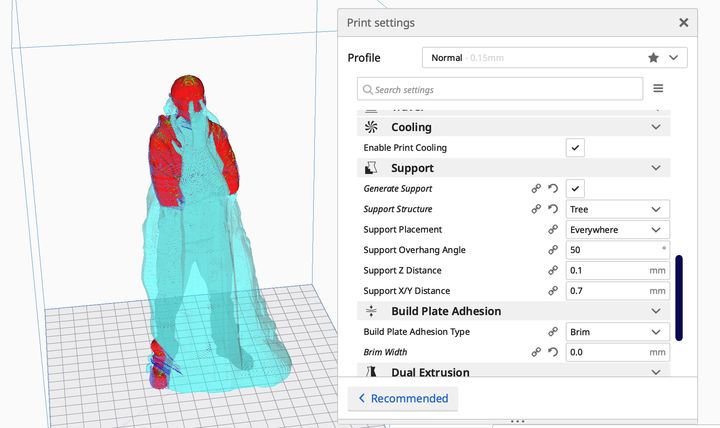
Well, that’s a bit hard to see. It visually appears to be a giant blob covering the model, but that’s not what’s really happening. If we change the view to look at only the first few layers you can see what’s going on:
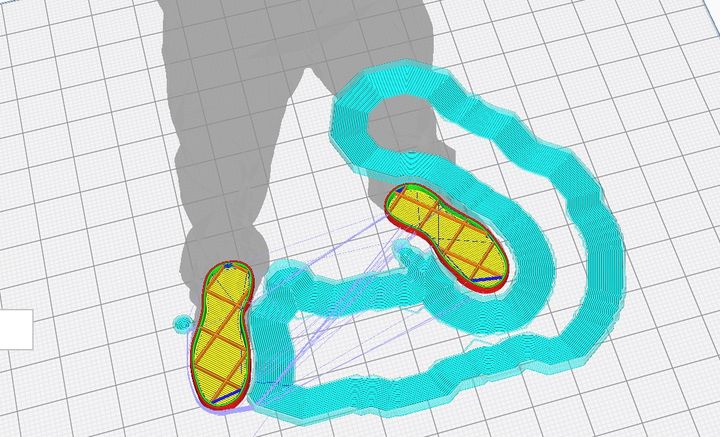
The tree supports are really more like a “curtain” that grows upward and eventually contacts the overhang for support. I’m now wondering why this is called “tree” support, when it doesn’t look like a tree at all. There are other systems that generate tree-like supports, such as Meshmixer. Here’s the same model with tree supports from that software:
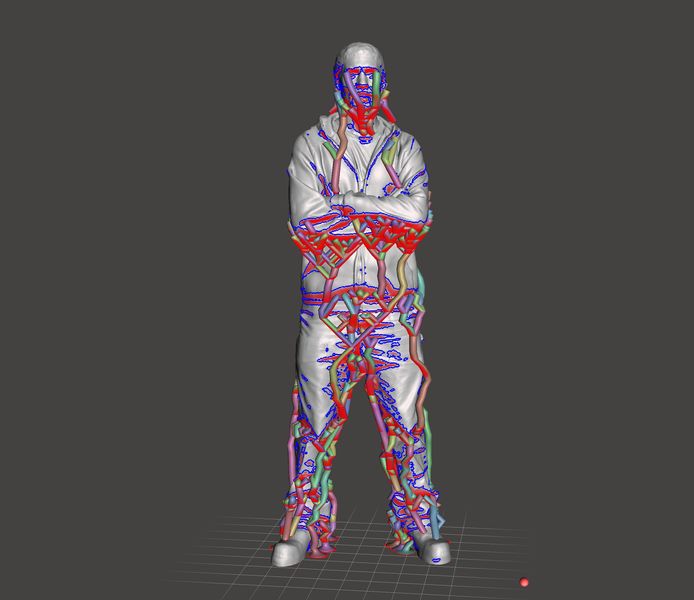
Cura 90 Degree Rotation
There’s another fantastic, but minor feature I quite like, and that’s the ability to transform the orientation of models in 90 degree increments by the touch of a button. In version 4.7, you simply touch one of the arrow buttons on the rotator, as seen here:
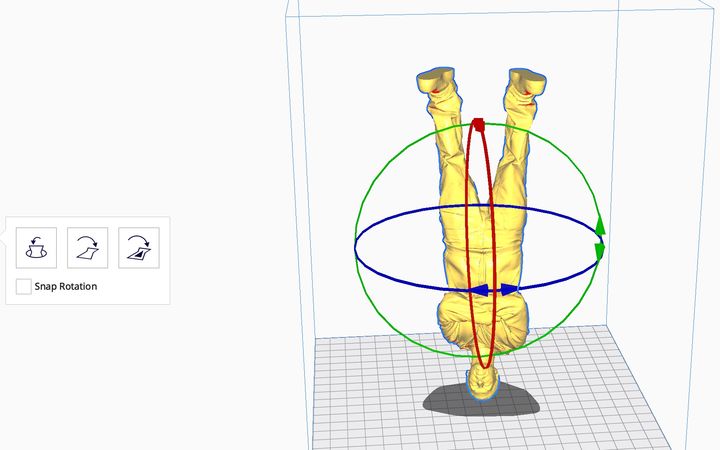
Cura Feature Search
One feature added is to help with the ever-expanding number of features! As most 3D printer operators know, there are literally hundreds of parameters that might be tweaked during a 3D print slicing operation. That’s far too many to be concerned with, and most operators only tweak a few key parameters. For some time now, Ultimaker has provided a terrific way to manage this issue: select which parameters are visible. You can then focus on only the parameters of interest.
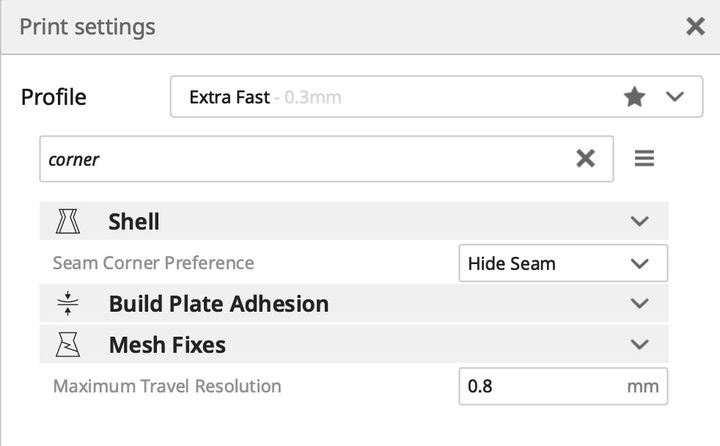
The problem comes in when you want to find a new parameter to add, usually because you don’t know the exact name. Version 4.7 allows for a feature search that includes not only the name of the parameter, but also the description of the parameter. This makes searching quite easy.
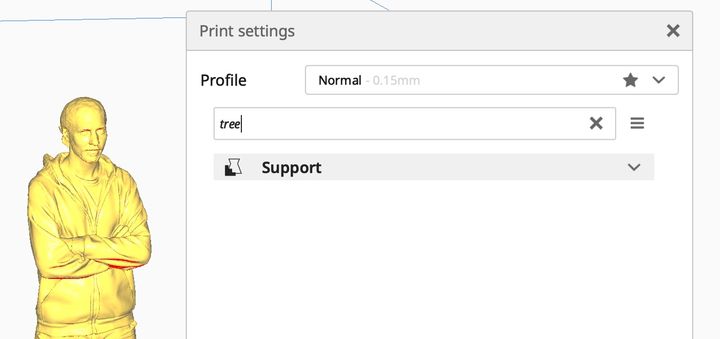
However, I had trouble finding the new “Tree Support” feature because it is hidden in the “Support Structure” type popup list. But I figured it out with the help of the new search.
Version 4.7 also now issues a prominent warning message when a non-manifold object is loaded. It also highlights the portion of the model that is in question. This allows one to make better decisions about whether to proceed, as some models in STL format occasionally have minor issues.
In addition to the new features, Ultimaker has fixed “more than 70 bugs”, so if you’ve been having troubles, they may go away with this version. And as usual, they’ve added support for more third party 3D printers, including quite a few I’ve never heard of. Ultimaker Cura must have the most broad base of 3D printer support of any slicing software at this point.
If you’re an Ultimaker Cura user, it’s time to upgrade once again.
Via Ultimaker
